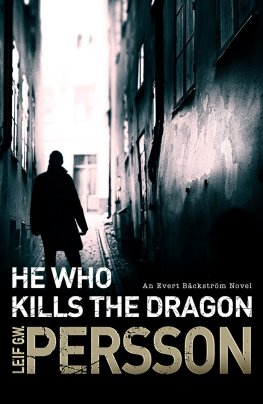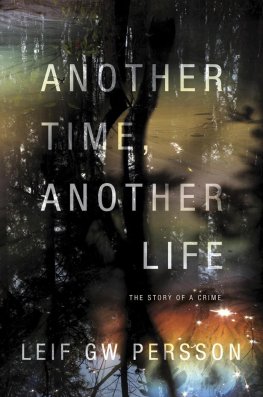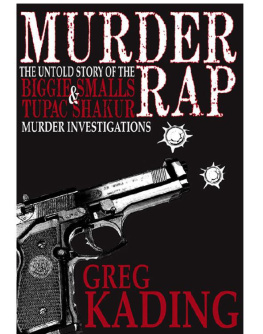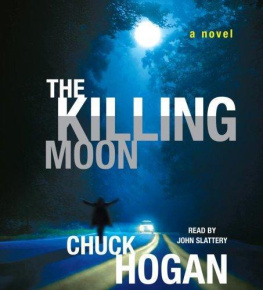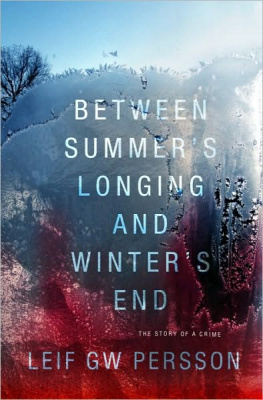Leif G. W. Persson
He Who Kills the Dragon
A wicked tale for grown-up children
A gravy-stained tie, a cast-iron saucepan lid, and a basic upholstery hammer with a broken wooden handle. These were the three most striking things found by the forensics team of the Solna Police during their preliminary investigation of the crime scene. But you didnt have to be a forensics expert to work out that these three things had, in all probability, been used to kill the victim. Anyone with a pair of eyes and a strong stomach could figure that out.
As far as the upholstery hammer with the broken handle was concerned, it became clear relatively quickly that with, if possible, even greater probability those initial impressions had been wrong, and that the hammer at least hadnt been used when the perpetrator killed his victim.
As the forensics team got on with their work, the investigating officers had done what they had to. Theyd knocked on the doors of people living nearby, asking about the victim and if anyone had seen anything that could be connected to what had happened. One woman, a civilian under contract with the police, had set to work finding out whatever she could from her computer contracted civilians usually took care of that line of inquiry.
It didnt take long before they had uncovered the tragic story of the most common murder victim in Swedish criminal history during the one and a half centuries that records had been kept. Probably considerably longer than that, since court records from as far back as the early medieval period show the same picture as the legal records of industrialized society. The classic Swedish murder victim, if you like. In todays terminology: A single, middle-aged man, socially marginalized, with a serious alcohol dependency.
Your standard pisshead, basically was how Detective Superintendent Evert Bckstrm, head of the preliminary investigation for the Solna Police, described the victim to his boss after the initial meeting of the team on the case.
Even if there was more than enough proof in both the neighbors statements and the information pulled from various registers, the evidence provided by the two forensics experts had given further support to the argument.
A typical drunken murder, if you ask me, Bckstrm, the older of the pair, Peter Niemi, summarized the case when he presented his and his colleagues findings at the same preliminary meeting.
The tie, saucepan lid, and hammer all belonged to the victim and had been in the flat before the unfortunate sequence of events began. The tie had simply been found around the victims neck. Under the collar, as per usual, but in this case pulled a couple inches too tight and, just to be sure, tied across his throat with a basic reef knot.
Two people, one of them the victim himself, to judge by the fingerprints, appeared to have spent the hours leading up to the murder eating and drinking together in the same flat. Empty bottles of spirits and export-strength lager, beer and vodka glasses, the remains of a meal on two plates on the table in the living room, together with matching scraps of food found in the small kitchen, all provided evidence that the victims last meal had consisted of that old Swedish classic, pork chops and kidney beans. The beans were evidently bought as a ready-meal, to judge from the plastic packaging found in the bin, from a local supermarket earlier that day. Then, before they were served, they had been heated up in the cast-iron pan whose lid the killer had used to hit his host repeatedly around the head later that same evening.
The coroner had reached much the same conclusions. He had passed these on to the forensics expert who had been at the postmortem, since he himself was busy with more important matters when the police team were due to hold their first meeting. His definitive findings would take another week or so to appear in writing, but the usual basic dissection and a trained eye were enough to provide a preliminary oral report.
Our unfortunate victim was what I believe you gentlemen of the police call a pisshead, the coroner had explained, because, in contrast to present company, he was an educated man who was expected to choose his words carefully.
Taken as a whole, all of this the neighbors statements, the sad little notes about the victim in official files, the findings from the scene of the crime, the coroners initial report provided the police with all they really needed to know. Two pissheads, previously acquainted with each other, had met for a bite to eat and considerably more to drink, then had fallen into an argument about one of the many pointless matters that made up their private shared history. And one of them had brought their evening together to an end by beating the other to death.
It was no more complicated than that. There was a reasonably good expectation of finding the culprit among the victims closest circle of like-minded acquaintances, and inquiries were already under way. Cases like this were cleared up nine times out of ten, and the papers were usually on the public prosecutors desk within a month.
A purely routine case, in other words, and it didnt occur to any of the officers of the Solna Police who participated in that first meeting to call in specialist expertise from outside from, for instance, the psychological profiling unit of the National Criminal Investigation Department, or even the National Police Boards own professor of criminology, who happened to live just a few blocks away from the victim.
Nor had any of these experts been in contact of their own accord, which was a good thing, since they were bound to have certified that things were exactly as everyone already knew they were. Now at least there was no danger of their being caught with their trousers down in terms of scientific evidence.
But when it came down to it, it turned out that all of the above everything that had been deduced from the accumulation of criminological evidence, tried and tested police experience, and the good old gut instinct that all real policemen develop over time was completely and utterly wrong.
Okay, give me the basics, Bckstrm, Anna Holt, Bckstrms boss, the police chief of the Western District, said when Bckstrm ran through the case for her the day after the murder.
Just your average pisshead, Bckstrm said, nodding solemnly.
Okay, youve got five minutes, Holt said, and sighed. She had several other items on her agenda, at least one of which was considerably more important than Bckstrms case.
On Thursday, May 15, the sun had risen over number 1 Hasselstigen in Solna at twenty past three in the morning. Exactly two hours and forty-five minutes before Septimus Akofeli, twenty-five, arrived at that address to deliver the morning newspapers.
Septimus Akofeli was really a bicycle courier, but for about a year now he had been earning some extra money delivering morning papers to a few blocks along Rsundavgen, including the building at number 1 Hasselstigen. He also happened to be a refugee from southern Somalia, from a small village just half a days walk from the Kenyan border. He had arrived in his new homeland on the day of his thirteenth birthday, and the reason he ended up in Sweden rather than anywhere else was that his aunt, uncle, and a number of cousins had arrived there five years earlier, and all his other relatives were dead. Or murdered, one could say, because very few of them had died of other causes.
Septimus Akofeli wasnt your average Somali refugee, somehow ending up in Sweden at random. He had close relatives who could look after him, and there were strong humanitarian reasons for letting him stay. And everything seemed to have turned out pretty well. Or at least as well as anyone had any right to expect, as far as someone like him was concerned.

